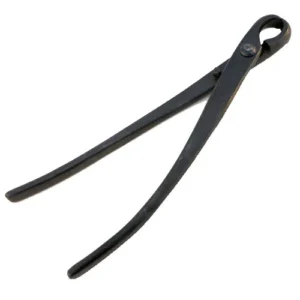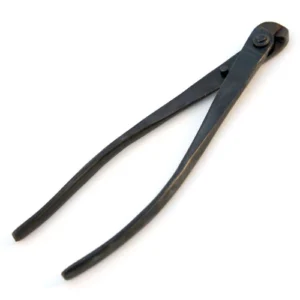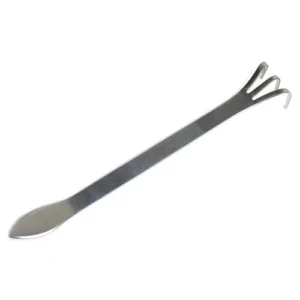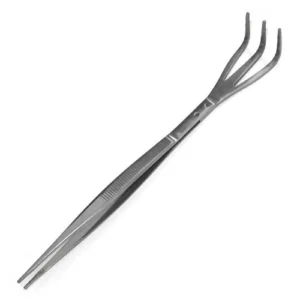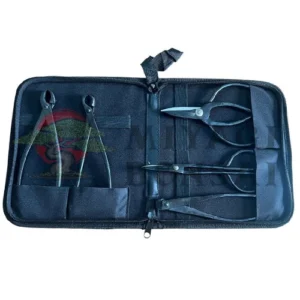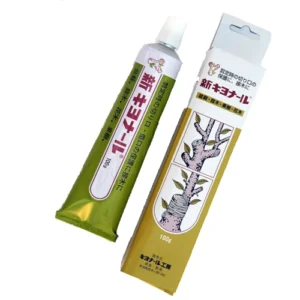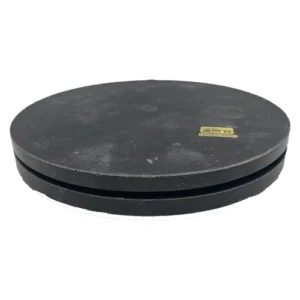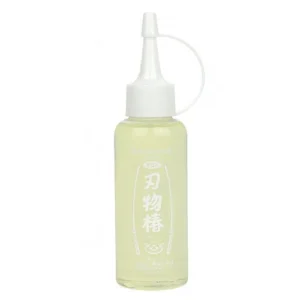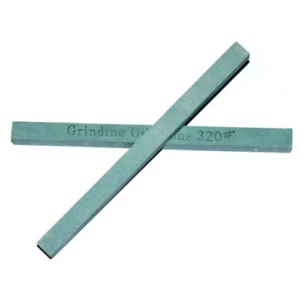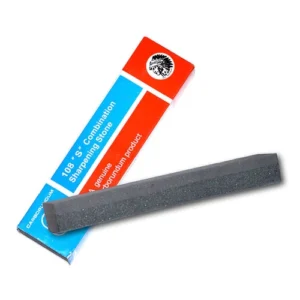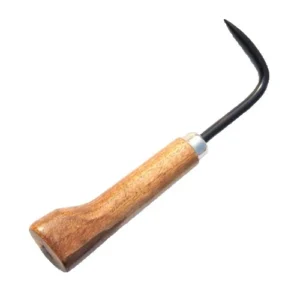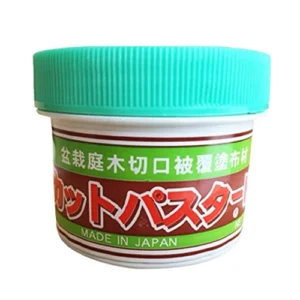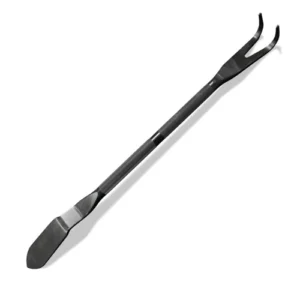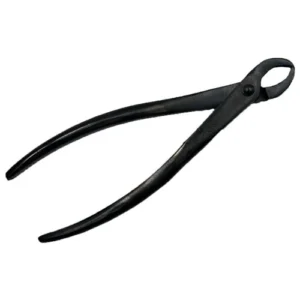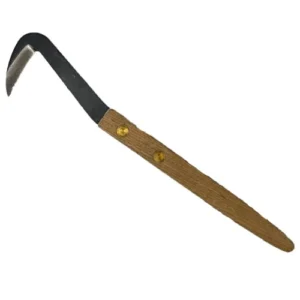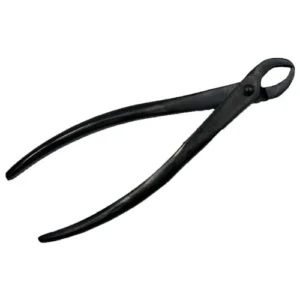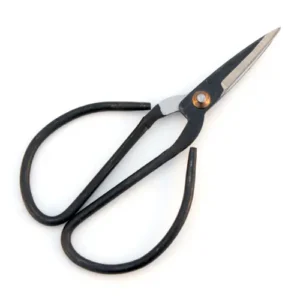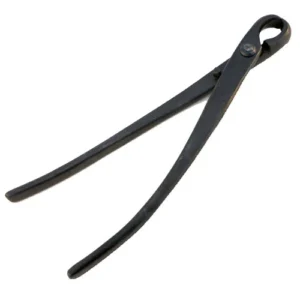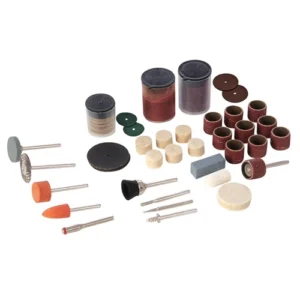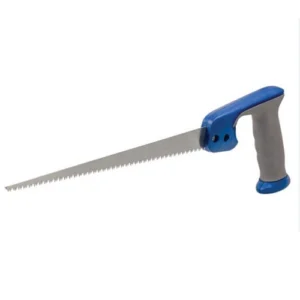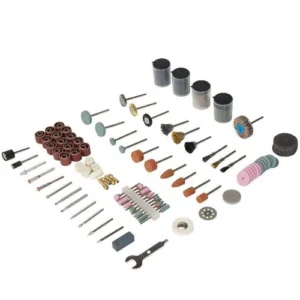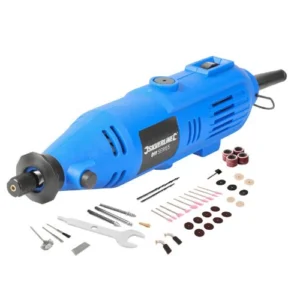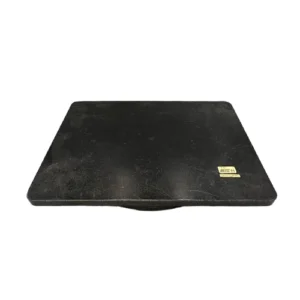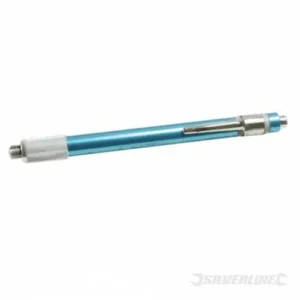Beginners Guide to Bonsai Tree Scissors: Essential Guide to Precision Pruning
Bonsai tree scissors are the quintessential tools for anyone passionate about bonsai cultivation. Whether we’re seasoned bonsai enthusiasts or just starting out, having the right scissors can make the world of difference. These aren’t any ordinary scissors; bonsai scissors are crafted to ensure precision and delicate care when shaping our miniature trees. After all, bonsai is an art form that is all about detail and meticulousness, where the right cut can enhance the tree’s natural beauty and the wrong one could cause damage to the tree and set us back months.
When selecting bonsai tree scissors, it’s not just about going for the first pair we come across. We have options ranging from general pruning scissors to specialised ones like bud scissors for light trimming, or larger, more robust scissors for root cutting. The variety can be somewhat overwhelming, but it’s crucial to choose a pair that fits the task at hand and feels comfortable for our use. Quality and sharpness are paramount; a blunt pair could damage our bonsai’s branches, and that’s the last thing we’d want.
Key Takeaways
- Bonsai scissors are essential for precision in shaping and maintaining bonsai trees.
- A variety of bonsai scissors are available, catering to different pruning needs.
- Choosing the correct, high-quality scissors is crucial for the health and beauty of bonsai trees.
Types of Bonsai Tree Scissors
Bonsai tree cultivation is an art, and like any artist, we need the right tools to craft our masterpiece. With specific scissors designed for bonsai, we ensure clean cuts that help maintain the tree’s health and aesthetic.
General Purpose Scissors
General purpose bonsai scissors, or sentei-basami, are the all-rounders in our toolkit. Made to handle a variety of cuts, from branches to roots, their strong build allows us to tackle the thicker parts of our bonsai with confidence. The durability of tools like Ryuga scissors means they’re a solid investment for both newcomers and seasoned enthusiasts in the US and the UK.
Root Scissors
When we’re working below the soil surface, root scissors come into play. Designed for precision in tight spaces, they help us trim away at bonsai roots without causing unnecessary damage. The ergonomic design of these scissors ensures they fit comfortably in our hands, making the delicate task of root pruning less strenuous.
Bud Scissors
For the finer details of shaping our bonsai, bud scissors are essential. These are precision tools that allow us to snip away at the smallest leaves and buds to refine our tree’s silhouette. Their sharp, thin blades give us the accuracy needed for the intricate work, ensuring our bonsai’s appearance is meticulously groomed.
Using the correct bonsai scissors isn’t just about the results; it’s about the journey too. It transforms pruning from a chore into a pleasure. The knowledge that our bonsai scissors are crafted specifically for the task at hand gives us peace of mind, and seeing our bonsai thrive because of the proper care is a joy unlike any other. Let’s keep shaping our miniature worlds with the right snip in the right place!
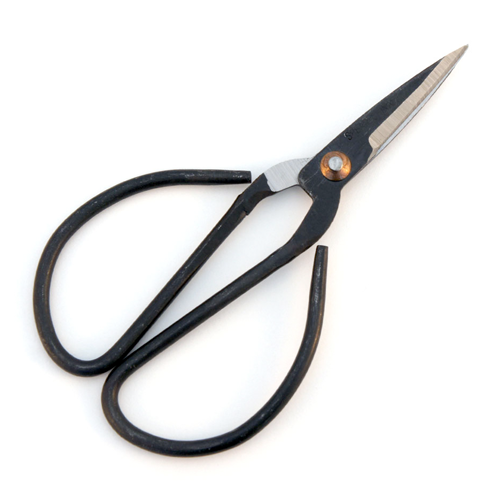
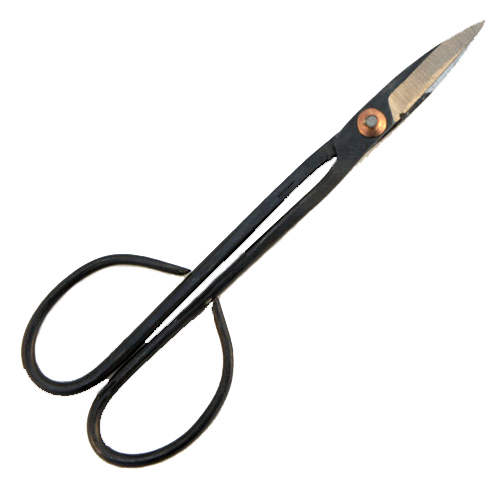
How to Choose the Right Bonsai Tree Scissors
Beginners may be seeking that perfect pair of bonsai tree scissors, it’s not just about the aesthetics—it’s about precision and functionality only gained from quality tools. You see, the right scissors can turn pruning into a form of art. So, what should we look out for?
Size Matters: The size of the scissors should match our specific needs. For intricate work, small, fine scissors ensure we can make those meticulous cuts. On the other hand, larger scissors are great for more robust pruning tasks. Remember, variety is the spice of life—and bonsai care!
Material World: Stainless steel is our go-to choice. It’s durable and resistant to sap and rust, which is a real plus for maintenance. Some top-notch scissors even boast a fluorine coating to prevent stickiness. That’s what we call a clean cut!
Comfort is Key: We’re not just snipping away for a few seconds—it’s a labour of love. The handle design matters. Ergonomically designed scissors with a comfortable grip can make all the difference during a detailed pruning session.
Factors to Consider:
- Size: Small for detail, large for heavy cutting
- Material: Stainless steel, optionally with fluorine coating
- Comfort: Ergonomic grip for ease of use
Let’s make every cut count and ensure our bonsai scissors are the right fit for both our hands and our horticultural endeavours. It’s time to tend to our miniature trees with the precision and care they deserve!
Care and Maintenance of Bonsai Tree Scissors
Ensuring our bonsai scissors stay sharp and functional not only keeps our miniature trees looking splendid but prevents damage to their delicate branches. Here’s how we can show our scissors some love.
Firstly, cleanliness is paramount. After each pruning session, we need to wipe the blades with a cloth to remove sap and debris. A quick tip: dipping the cloth in isopropyl alcohol can help disinfect and prevent the spread of diseases between plants.
Storing our scissors in a dry environment is a no-brainer. This simple habit prevents rust and keeps them in tip-top condition. If we spot any rust forming, using a bit of fine sandpaper can save the day. However, if they’re high-quality and strong, they’ll resist corrosion much better.
Sharpening—now, that’s a task we can’t ignore. Every two to three months, or whenever we notice a bit of dullness, is the ideal sharpening frequency. We must use the correct technique for sharpening the straight or curved blades. Long-handled scissors might require a professional touch due to their size.
What about specialised tools like our knob cutter? They need the same love. They’re perfect for creating clean cuts on thicker branches and deserve equal attention during our routine maintenance.
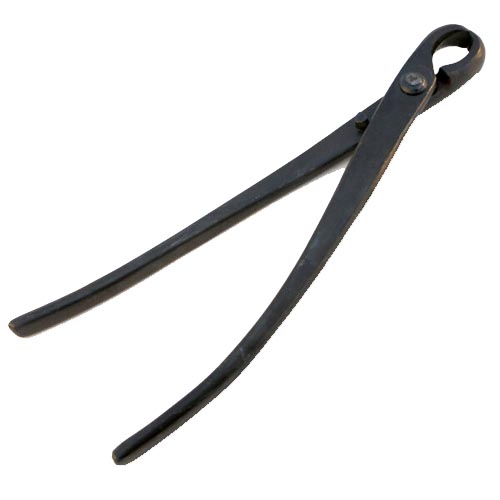
Let’s remember, the type of scissors we choose, whether it be long-handled scissors for reach or a sturdy knob cutter for shaping, will hinge on our personal preferences. But one thing we all share is the need for maintaining our tools conscientiously.
By sticking to a regular care routine, we ensure our cherished bonsai tools remain faithful companions in the art of bonsai shaping and help us in maintaining the health and aesthetic of our miniature trees.
Tree Scissors Summary – Essential Bonsai Tools
In our journey with bonsai cultivation, the right tools not only ease the task but also support the health and aesthetics of our miniature trees. We’ve learned that bonsai scissors are pivotal in precise care of bonsai trees, giving us the control necessary to make clean cuts that encourage proper growth and shape our bonsais’ spectacular appeal.
Taking care of these intricate trees, we understand that every trim counts to pruning and shaping your perfect bonsai. So, when we choose our bonsai scissors, let’s look for those that promise precision and tend to our bonsai’s delicate needs. And once we have them, let’s commit to keeping these higher quality tools in top condition, just as we do our bonsai.
From the garden shelf to the ambience of our living room, bonsai scissors are basic tools that invest in our miniature tree’s future. Do we beginners want our bonsai to flourish? Absolutely. The answer lies not just in watering and feeding it or a careful application of bonsai wire, but also in the careful snips we take. Let’s make each cut count, and trust in our bonsai scissors to help us cultivate beauty, one leaf at a time.
FAQs
When it comes to bonsai scissors, we often find ourselves scratching our heads over the various choices and whether they’re truly necessary. Let’s slice through the confusion and tackle some of your burning questions.
The hefty price tag of bonsai scissors is often attributed to their quality materials and craftsmanship, especially for those made in Japan. Yes, they’re a worthy investment because precision cutting plays a crucial role in the art of bonsai, leading to healthier growth and more aesthetically pleasing trees.
To be frank, regular scissors can damage your bonsai’s branches, leaving them frayed and prone to disease. Specialised tools, while not necessary from day one, offer sharper, cleaner cuts and are tailored for different tasks, contributing to your bonsai’s wellbeing as you become more involved in the hobby.
Japanese bonsai scissors are often favoured for their exceptional sharpness, durability, and ergonomic design. They are masterfully crafted, reflecting a tradition of meticulousness that UK enthusiasts respect, ensuring precise cuts and the health of the bonsai with every snip.
If you are looking to purchase a Bonsai tree for yourself or anyone else for that matter, look no further than Miyagi Bonsai. Our array of Bonsai species both indoor and outdoor are available online as are their care guides. If you’d rather see and inspect the trees for yourself, you are more than welcome to come down to a store in London.
Our advice for beginners is to start with a good pair of scissors for pruning and potentially a pair of concave cutters for more substantial cuts. As you progress, consider adding a pair of scissors for root work and a rake to your toolkit.
Greenwood and Sasuke bonsai scissors are noted for their sharpness and precision, which are essential for making clean cuts that heal quickly. These scissors are also designed to minimise stress on the hands during prolonged pruning sessions, ensuring that both you and your bonsai remain happy.

